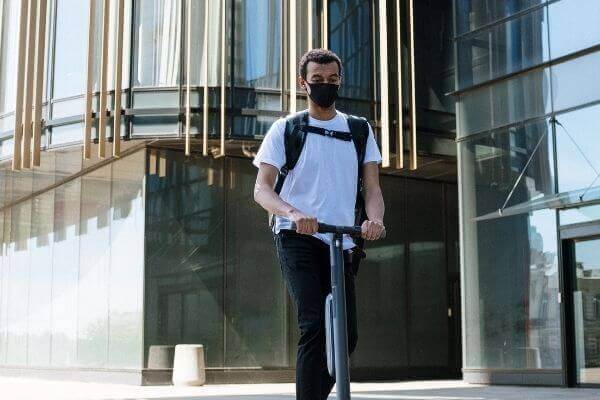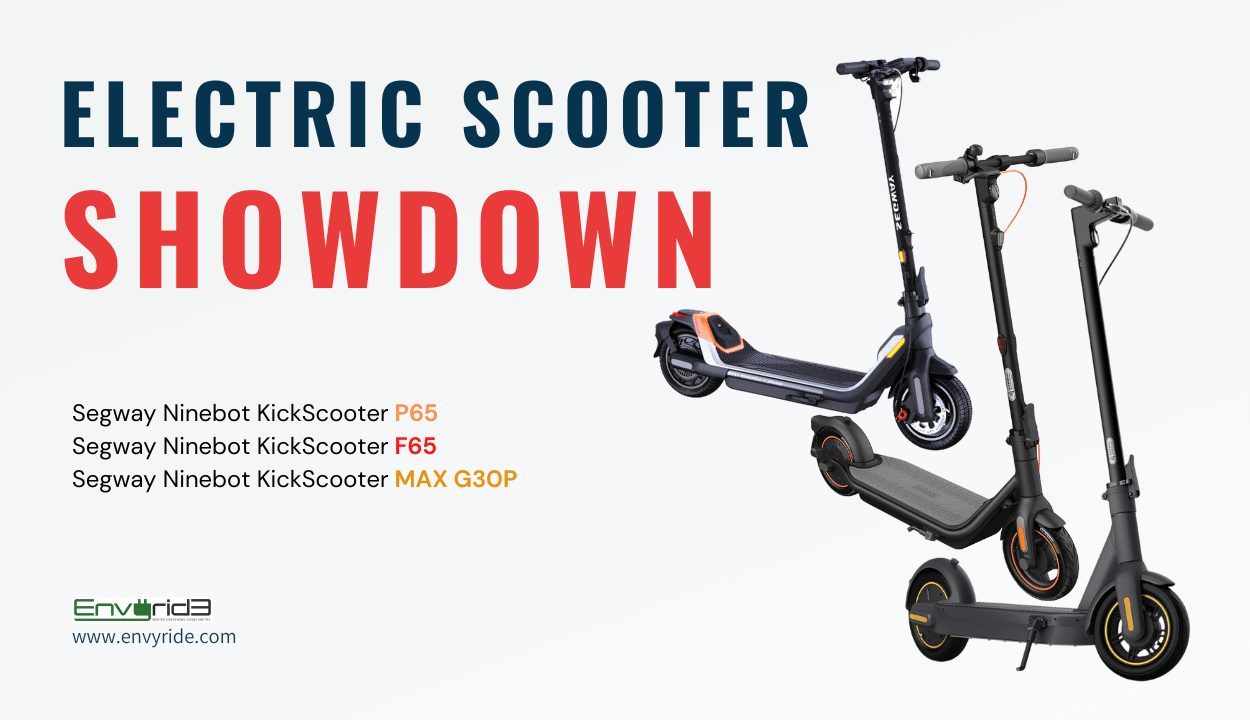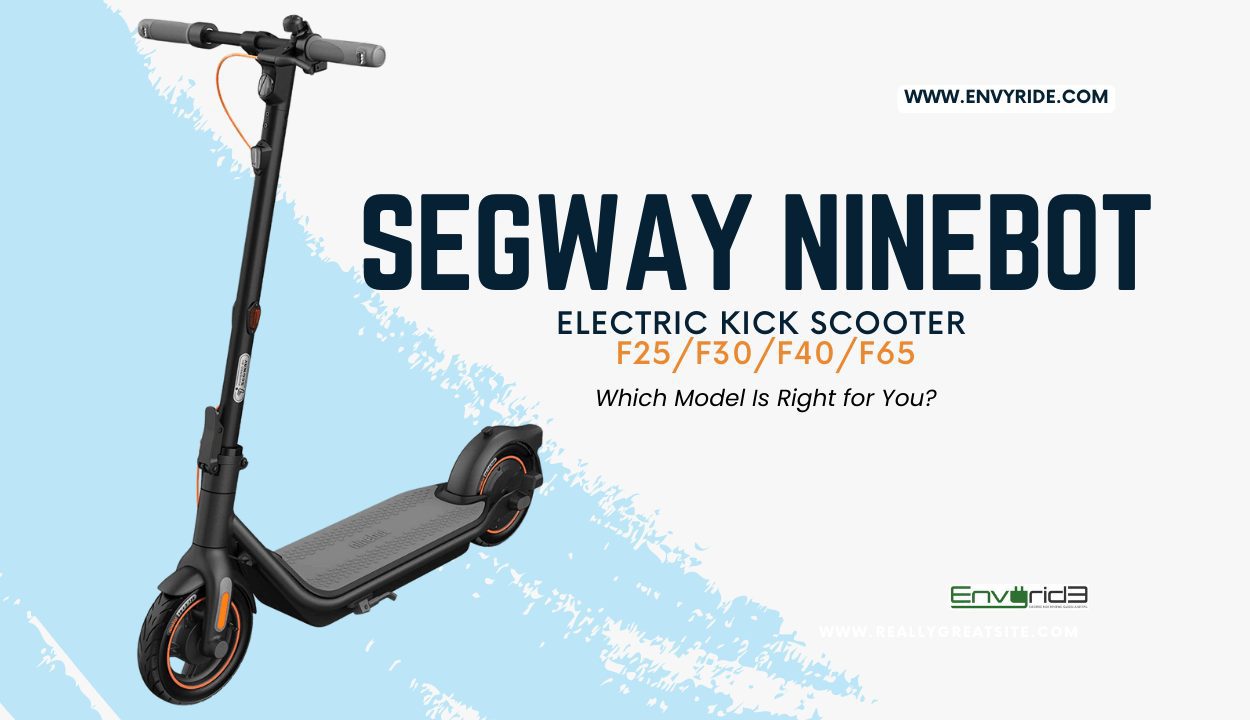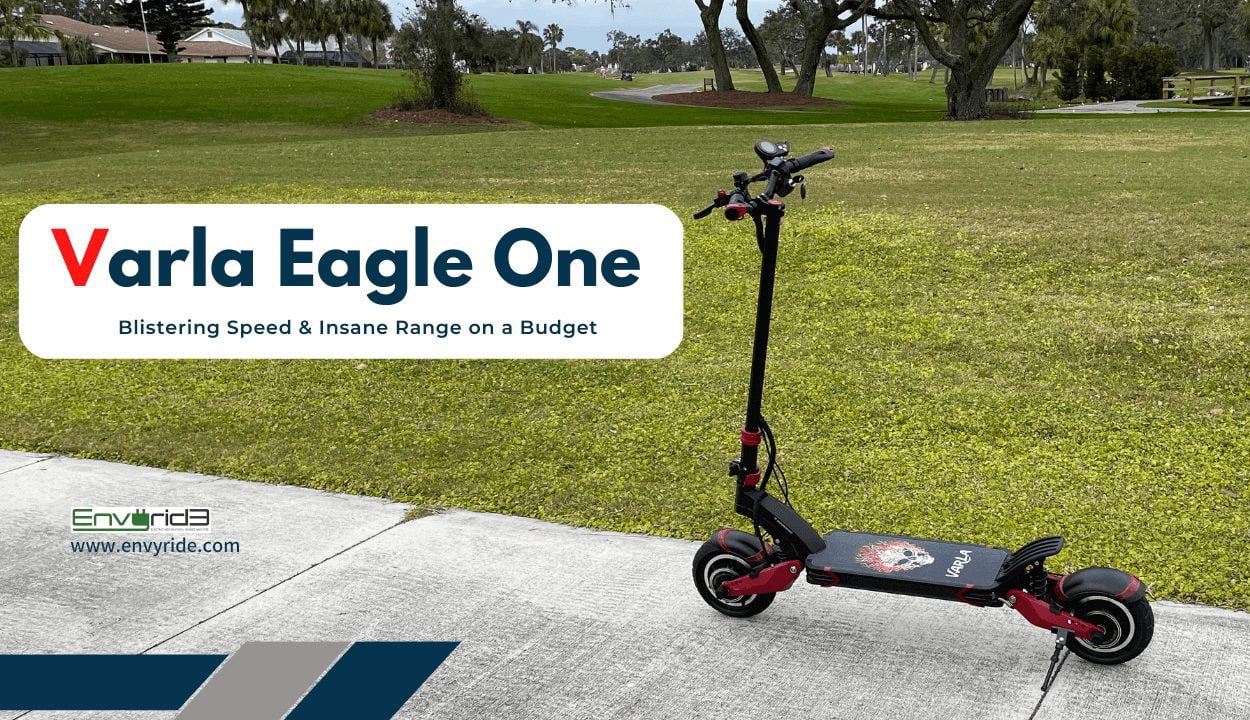
TABLE OF CONTENT
If you have used anything with wheels or tires, you might have dealt with flat tires before. While this is not a life-threatening occurrence, it is a very frustrating one. It downgrades the ride’s quality and wastes a lot of time for those who travel on a time crunch.
A punctured tire is probably the most common problem an electric scooter rider will ever face. Some users can suffer multiple punctures over months, weeks, or even days.
Unless you choose to ride on solid tires or tubeless tires, you are likely to get a puncture at some point. So, let us talk about the causes of flat tires first, and then we will explain how to avoid flat tires.
Why do flat tires occur?

Let us discuss the various reasons why scooters get flat tires.
The first of many reasons is when a sharp piece of debris gets stuck in the tire and punctures it. This object can be anything sharp or hard that can penetrate through the tire’s inner tube, such as glass, nails, wood, etc.
Another reason can be inadequate air pressure in your tire. Insufficient air pressure can cause pinch flats. These pinch flats are also known as “snakebites” as two tiny holes can be seen close to one another. Here, the tube becomes pinched between the tube and tire. Generally, the tire is under-inflated when you hit hard terrain or object like a sidewalk with significant speeds.
The third reason for flat tires is when more pressure is applied on the tire than it can handle. Usually, this happens to older, worn-out tires that have taken some abuse over time. Thus, it is essential to regularly check your tire pressure as both over and under-inflated tires pose a threat leading to flat tires.
The least frequent reason for a flat tire is improper installation of the tire. Your scooter will arrive with the correct installation 99.99% of the time. You only need to ensure that it is properly installed if you or a mechanic replace a tire.
How to avoid flat tires?
There are many things we can do to avoid flat tires, but mainly they come under three categories. This can be abbreviated as AIR, which stands for:
1. “A” for Add a tire sealant
A tube sealant is a liquid compound that we can pump into the tire’s inner tube through the valve that is used to inflate the tire. This liquid splashes around the inner tube with the rotation of the wheels. When there is a hole in the tire, the fluid leaks through it and dries quickly, thereby creating a plug for the leak. The working of the sealant is just like the clotting of the blood when there is a wound in the body.
This is a perfect solution, as sometimes you will not even know if the tires have been punctured or not, and the sealant will fix it. A typical sealant bottle contains enough fluid for application on both front and rear tubes for one time. Usually, these sealants are less expensive compared to the tube replacement done with labor.
The use of sealant is prevalent in the cycling community. Still, its popularity continues to increase day by day for the electric scooter riders, especially the daily commuters who have a lot to lose over such a petty problem. This can be thought of as insurance against flat tires with a very low investment when compared to the inconvenience and cost of tube replacement.
Install tire liners

Tire liners are strips made from flexible polyurethane. These strips are then applied between the tube and tire, providing your tire with an extra, protective barrier between road debris and your inner tube. Tire liners are generally eco-friendly, inexpensive, and relatively easy to install. Some drivers prefer the tire liner to the sealants as they claim it’s lighter and results in a smoother ride. Remember to keep the liners centred on the tread when installing to get the most protection.
2. “I” for Inspect Regularly
When we hear the word “inspect”, the one thing that comes to mind is workshops or garages for electric scooters. But here we are talking about the routine checks we can and should do to prevent flat tires from happening in the future.
Check for sufficient pressure

The first and most significant check is for sufficient tire pressure. We can’t exaggerate the significance of this. This is because the primary cause of tire punctures for electric scooters is a pinch puncture because of inadequate pressure.
With a pneumatic tire, when the tire pressure is low, it becomes challenging for the tire tube to come back to its original shape when encountered with an impact. This makes it easier for the effects to instantaneously press the wheel rim and the inner tire surface very close to each other, resulting in pinching the tube between them and creating a snake-bite-shaped rupture with two holes.
Think about a tube of toothpaste with its cap on. If it is half full, it is simpler to crush the tube until inward surfaces of the tube come in contact with each other than with a full container of toothpaste. The tube can tackle its work of retaining vibrations and opposing the pressure without being damaged with enough tire pressure.
The best way to check for proper tire pressure is to use a standard bicycle pump with a gauge. The gauge is necessary because it helps in decreasing time and effort from the guesswork we would have made in its absence. Plugin the nozzle to your tire valve to check the pressure once every 15 days if you ride regularly. Most electric scooter tires perform best between 40 to 60 psi. If the needle falls below 40 psi, make sure to pump up the pressure and release the pressure above the range.
Benefits of properly inflated tires

Also, the properly inflated tires have a comparatively positive impact on the vehicle’s energy efficiency, as fully inflated tires have a stronger rebound for more speed, and they also have a smaller contact surface. It results in less friction, thereby decreasing the vehicle’s fuel consumption and reducing its carbon footprint. For heavier vehicles, keep the pressure slightly higher to compensate against gravity.
Tire rotation isn’t as important as it is on a car but if you were to always have your rear tire less inflated than your front, that could cause uneven wear. To make sure you don’t wear the tire unevenly, make sure you inflate the pneumatic tire properly and periodically rotate the tires.
Check for good tire conditions
Now, as we have checked for tube pressure, it’s time to check the outer surface of the tire, which comes in contact with the roads directly. It is common sense that if a tire is thinner and worn out, it is easier for a sharp object to puncture it. Most of the electric scooter riders make use of the same tires for way too many days, thus wearing out the tires and making them prone to puncture.
The most practical indicator for the roadworthiness of the tires is the condition of the tread pattern. The tire’s tread pattern is the grooves moulded into the tires, mainly for draining water. New tires have crisp, clearly visible, and deep grooves, and they tend to become shallow or barely visible as they are worn out by regular use. Generally, we can identify whether our tire is in good condition or not just by looking closely for the grooves. If you see the tires are worn out, get them changed as the worn tires are also very slippery on wet and sandy places, leading to accidents.
Check for objects stuck in tires
This is the last inspection about the particles stuck in the tread/grooves of the scooter tire or embedded in the tire material itself. Carefully brush or pry the sand particles or debris stuck in the grooves with a toothpick, paper clip, or old toothbrush. Some particles are lodged more into the tire, so you can use metal bristles. This check can also be used to remove the sharp object before it has done significant damage to the tires.
3.“R” for Ride Sensibly
In the above content, we have discussed the preventive measures before going on the roads. Now, we will discuss the road precautions and habits for healthy tire life.
Riding in wet conditions

There is a connection between wet riding conditions and the risk of a flat tire of your scooter. When driving on wet roads, the wheels pick up small sharp particles like sand, metal debris, and other things from the road. These cling to the tires and spokes with the help of moisture. Whenever the scooter stops, water drips down, washing these particles to the space between the tire and tube.
Due to this reason, the particles get sucked into the gap as the tube compresses or decompresses during the rotation of the wheel.
The sharp particles are pressed up against the thin synthetic rubber of the inner tube, which is trying to hold in pressurized air while spinning at very high rpm. This forms perfect conditions for sandpapering the tube, which is responsible for abrasive wear in the tires, making them prone to penetration.
More importantly, wet surfaces are also very slippery and dangerous to ride on. Water can also seep into the electric scooter and cause corrosion to the expensive electrical components and damage batteries. Water damage is commonly not covered by seller warranties.
Responsible Driving

Instead of driving passively and not caring about the humps, curbs, or a pothole or two, try to ride mindfully and responsively, using your body to actively respond to the road and terrain conditions.
For example, if you encounter a hump or speed breaker, slow down your scooter to avoid sudden impact so that even if you have an underinflated tire, it will have a much less effect on the tube than if you stumble through the speed breaker with high speeds. Also, never ride off a curb. In this case, stand up and walk your scooter down, one wheel at a time, because of the same reason that is low impact on the tubes.
These active driving habits help reduce the brute impact on the tires. Fewer impacts mean less chances of pinch puncture or snakebite, as discussed earlier in the article.
Defensive driving not only consists of taking care of impacts, but it also includes choosing the most sensible or easy path for your scooter. Please make it a habit to always find the smoothest and safest possible route for your journey to avoid encountering these curbs and speed breakers. We should try to choose the safer/smoother path even if it is slightly longer than the path with bumps and potholes. It is worth it to go the extra few meters to avoid damage to the tires.
Conscious of Hazards in the Road
Also, try to avoid cracks in the road and visible twigs and materials present on the streets. If you see dirty spots or visible debris at curbsides and near drains, avoid running over and go around them to avoid penetration punctures.
Finally, there are a couple of other ways you can avoid wasting your day and having to walk your scooter home:
- Purchase a spare tire and have it on hand. If you notice you have a flat spot or that your tire is beginning to lose air consistently, it’s probably time to change the tire.
- Purchase a spare tube so you can swap out the tube if you have a pinch flat.
- Use a tubeless tire. There are self healing tires on the market now. They don’t have a valve stem or inner tube and are filled with a solid material that will prevent you from getting a flat.
- Buy quality tires in the first place. The tire tread will last longer, they hold up better because they have a higher quality tire bead which prevents air leakage.
Conclusion
Electric scooters are quickly becoming part of our urban landscape. Once purchased, it is the rider’s responsibility to keep the scooter in well-maintained condition, and a significant part of that is taking care of the tires.
Follow the AIR principle to take care of your electric scooter’s inner tube and it will help you save money, save time and stay safe.
By performing routine maintenance care, frequent inspections, and keeping the air pressure to optimal levels, you’ll be able to extend the life of your electric scooter’s tires with ease.
Also, becoming familiar with the different types of tires available to you, you’ll be able to choose the tire type that best suits your needs. By paying attention to the health and well-being of your tires, you’ll be reducing your risk of ending up stranded due to a flat.
Thank you for being patient and reading until the end. Happy riding!
FAQ
Frequently asked questions and answers










